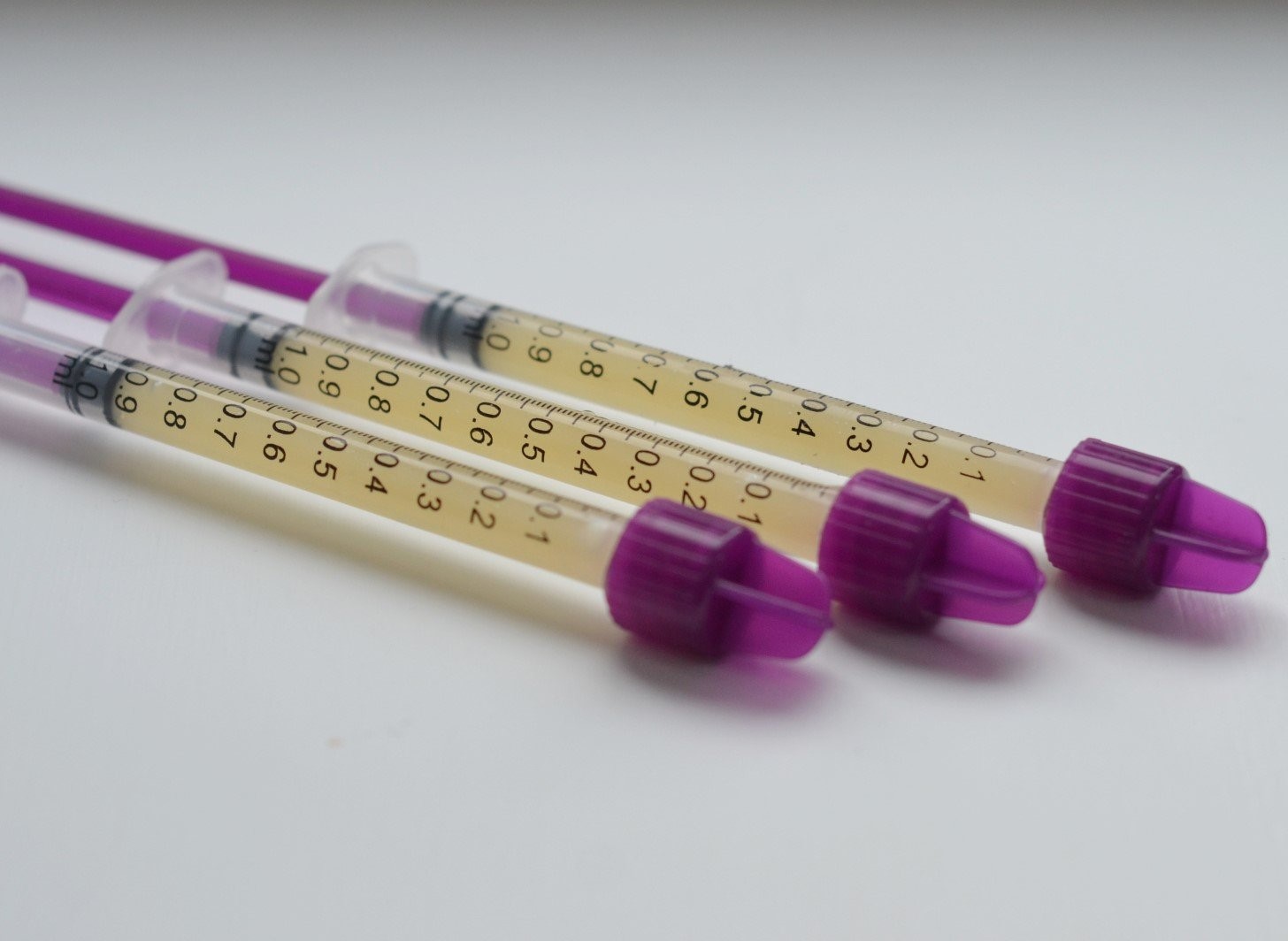

Articles
How To Store Colostrum Without Syringe
Modified: October 21, 2024
Learn effective techniques to store colostrum without using a syringe. Read our informative articles and ensure the quality of your newborn's nutrition.
(Many of the links in this article redirect to a specific reviewed product. Your purchase of these products through affiliate links helps to generate commission for Storables.com, at no extra cost. Learn more)
Introduction
Colostrum, also known as “liquid gold,” is the first milk produced by mammals after giving birth. It is rich in antibodies, proteins, vitamins, and minerals, making it an essential source of nourishment for newborns. Not only does colostrum provide vital nutrients, but it also helps boost the newborn’s immune system, protect against infections, and promote healthy development.
While colostrum is typically available in abundance during the initial days after childbirth, there may be instances when collecting and storing it becomes necessary. Storing colostrum allows mothers to provide a consistent supply of this precious fluid, even when they are separated from their newborns due to medical reasons, work commitments, or other circumstances.
Traditionally, colostrum has been stored using syringes due to their convenience and ease of use. However, there are alternative storage methods that can be just as effective, if not more, without the need for syringes. In this article, we will explore different ways to store colostrum without syringes, ensuring it remains safe and ready for use when needed.
Key Takeaways:
- Store colostrum without syringes for easier accessibility, convenient portion sizes, and reduced wastage. Use plastic storage bags, freezer trays, breast milk storage bottles, or ice cube trays for effective and hygienic storage.
- Follow proper hygiene and storage practices to preserve colostrum’s quality and nutritional value. Label containers, store in small portions, and consult healthcare professionals for personalized guidance on colostrum storage.
Read more: How To Store Colostrum In Syringe
Why Store Colostrum Without Syringe
Storing colostrum without a syringe offers several benefits over traditional storage methods. Here are a few reasons why you might consider storing colostrum without a syringe:
- Easier Accessibility: Storing colostrum in alternative containers, such as plastic storage bags or breast milk storage bottles, allows for easier access and measuring. You can thaw and feed colostrum directly from these containers without the hassle of transferring it to a syringe.
- Convenient Portion Sizes: Using different storage methods provides the flexibility to store colostrum in various portion sizes. This can be particularly useful if you have a newborn with different feeding requirements or if you prefer to store smaller quantities for more frequent feedings.
- Less Wastage: Storing colostrum in individual portions reduces the risk of wastage. Instead of thawing a large amount of colostrum in a syringe, you can thaw only what you need, minimizing the potential for leftovers that may go unused.
- Hygienic and Convenient: Alternative storage methods, such as plastic storage bags and breast milk storage bottles, are designed to maintain hygiene and prevent contamination. They are easy to clean, reusable, and often come with secure lids, ensuring the colostrum remains safe and uncontaminated during storage.
By utilizing storage methods other than syringes, you can enhance the convenience, hygiene, and accessibility of stored colostrum, making it a valuable resource for nourishing your newborn.
Recommended Storage Methods
When storing colostrum without a syringe, there are several effective and convenient methods to consider. Here are a few recommended storage methods:
- Plastic Storage Bags: Plastic storage bags designed for breast milk storage are a popular choice for storing colostrum. These bags are pre-sterilized, leak-proof, and offer measurements for easy portioning. Simply express the colostrum into the bag, seal it securely, and label it with the date and time before placing it in the freezer. Make sure to lay the bags flat to enable easy stacking and efficient use of freezer space.
- Freezer Trays: Freezer trays with individual compartments are another excellent option for storing colostrum. These trays are designed with silicone or plastic material and have separate sections, allowing you to freeze colostrum into individual portions. Once the colostrum is frozen, transfer the portions into a labeled storage container or ziplock bag for long-term storage.
- Breast Milk Storage Bottles: Breast milk storage bottles are specifically designed for safely storing breast milk and can also be used for colostrum storage. These bottles are usually made of BPA-free plastic and come with secure lids to prevent leakage. Ensure proper labeling of the bottles with the date and time of expression before storing them in the freezer.
- Ice Cube Trays: Ice cube trays can be a cost-effective option for storing colostrum in small, measured portions. Simply express the colostrum into the tray’s individual cubes and cover it with a plastic wrap or aluminum foil. After freezing, transfer the frozen cubes into a labeled ziplock bag for easy storage and organization.
Remember to follow proper hygiene practices when using these storage methods. Wash your hands thoroughly before expressing colostrum, and ensure that the storage containers and bags are clean and sterilized.
Additionally, always label the storage containers with the date and time of expression to ensure that the oldest colostrum is used first. It is also important to follow the storage guidelines recommended by healthcare professionals or lactation consultants to maintain the quality and safety of the stored colostrum.
By utilizing these recommended storage methods, you can properly store colostrum without a syringe, ensuring its freshness and accessibility for future use when needed.
Method 1: Plastic Storage Bags
Plastic storage bags are a convenient and popular choice for storing colostrum without a syringe. Here’s a step-by-step guide on how to use plastic storage bags for colostrum storage:
- Start by choosing high-quality plastic storage bags specifically designed for breast milk storage. These bags are typically pre-sterilized and leak-proof, ensuring the safety and hygiene of the stored colostrum.
- Before expressing colostrum, make sure to wash your hands thoroughly with soap and water to maintain proper hygiene.
- Open the plastic storage bag and carefully pour or express the colostrum into the bag. Take care not to spill any colostrum during the process.
- Seal the plastic storage bag securely, ensuring that it is airtight and leak-proof. Double-check the seal to prevent any potential leakage during storage.
- Using a waterproof pen or marker, label the bag with the date and time of expression. This will help you keep track of the freshness of the colostrum and ensure that you use the oldest stored colostrum first.
- Lay the filled plastic storage bags flat in the freezer, making sure they are not stacked on top of each other. This will help prevent the colostrum from freezing in a thick layer, allowing for easier thawing and portioning later on.
- Once the colostrum is frozen, you can transfer the bags into a labeled storage container or a ziplock bag for better organization and protection against freezer burn.
When using frozen colostrum, it is important to remember to thaw it safely. To thaw the colostrum stored in plastic bags, simply remove the desired quantity of colostrum from the freezer and place it in the refrigerator overnight. It’s crucial not to thaw colostrum at room temperature or in hot water, as rapid temperature changes can degrade its quality and nutritional properties.
By following these steps, you can successfully store colostrum using plastic storage bags. This allows you to conveniently access and thaw the colostrum when needed, ensuring a readily available supply for your newborn’s nourishment.
Method 2: Freezer Trays
Freezer trays with individual compartments are an excellent option for storing colostrum without a syringe. These trays provide a convenient way to freeze colostrum into small, measured portions. Here’s how you can use freezer trays for colostrum storage:
- Choose a high-quality freezer tray specifically designed for storing breast milk or colostrum. Look for trays made of BPA-free plastic or silicone, as they are safe for food storage.
- Before expressing colostrum, ensure that your hands are clean and sanitized to maintain proper hygiene.
- Open the freezer tray and pour or express the colostrum into the individual compartments. Be mindful not to overfill the compartments, as liquids tend to expand when frozen.
- Place the filled freezer tray on a flat surface, making sure it is balanced and stable. This will prevent spills or uneven freezing of the colostrum.
- Cover the freezer tray with a plastic wrap or aluminum foil to protect the colostrum from freezer burn and prevent any potential contamination.
- Transfer the freezer tray to the freezer and allow the colostrum to freeze completely. This may take a few hours to overnight, depending on your freezer’s temperature settings.
- Once the colostrum is frozen, remove the freezer tray from the freezer and carefully pop out the frozen colostrum portions.
- Transfer the frozen colostrum portions into a labeled storage container or a ziplock bag. Remember to include the date and time of expression on the label for proper tracking.
When it’s time to use the frozen colostrum, simply remove the desired number of portions from the storage container or bag and thaw them in the refrigerator overnight. Avoid thawing colostrum at room temperature or using hot water, as this can compromise its quality and nutritional value.
Using freezer trays allows you to store colostrum in individual portions, making it easier to thaw and use only the amount needed. This method promotes convenience and reduces potential waste, ensuring that your newborn receives a consistent supply of nourishment.
Store colostrum without a syringe by using clean, labeled storage containers or breast milk storage bags. Make sure to date and label the containers, and store them in the refrigerator or freezer according to guidelines.
Read more: How To Store Colostrum Milk
Method 3: Breast Milk Storage Bottles
Using breast milk storage bottles is another effective and convenient method for storing colostrum without a syringe. These specially designed bottles provide a safe and sterile environment for storing colostrum. Here’s how you can use breast milk storage bottles for colostrum storage:
- Choose BPA-free breast milk storage bottles that are specifically designed for storing breast milk or colostrum. Ensure that the bottles are clean and sterilized before use.
- Wash your hands thoroughly with soap and water to maintain proper hygiene before expressing colostrum.
- Pour or express the colostrum into the breast milk storage bottle, leaving enough space at the top to allow for expansion when freezing.
- Securely close the bottle with the lid to ensure an airtight seal and prevent any leakage or contamination.
- Label the bottle with the date and time of expression using a waterproof pen or marker. This will help you keep track of the freshness of the colostrum and prioritize its use.
- Place the labeled bottle in the freezer in an upright position. This ensures that the colostrum freezes evenly and reduces the risk of spills or leaks.
- When you need to thaw the colostrum, remove the labeled bottle from the freezer and place it in the refrigerator overnight. Slow thawing in the refrigerator helps preserve the quality and nutrient content of the colostrum.
- Before feeding the thawed colostrum to your baby, gently swirl the bottle to mix any separated layers of fat, as this is a natural occurrence.
Using breast milk storage bottles provides a practical and hygienic way to store colostrum. These bottles are reusable, easy to clean, and offer secure sealing to maintain the integrity of the stored colostrum. They also allow for easy portioning and pouring, ensuring that you can quickly and conveniently access the colostrum when needed.
Remember to properly sterilize breast milk storage bottles before and after each use to maintain cleanliness and prevent any potential contamination. Following these steps will help you safely store colostrum in breast milk storage bottles for your baby’s future nourishment.
Method 4: Ice Cube Trays
Using ice cube trays is a cost-effective and practical method for storing colostrum without a syringe. Ice cube trays allow you to freeze colostrum in small, measured portions, making it convenient to thaw and use as needed. Here’s how you can use ice cube trays for colostrum storage:
- Select a high-quality ice cube tray made of silicone or BPA-free plastic. It should have individual compartments for freezing colostrum in small portions.
- Before expressing colostrum, wash your hands thoroughly to maintain proper hygiene.
- Pour or express the colostrum into each individual compartment of the ice cube tray. Fill each compartment to approximately three-quarters full to allow for expansion when freezing.
- Cover the ice cube tray with plastic wrap or aluminum foil to protect the colostrum from freezer burn and prevent any potential contamination.
- Place the ice cube tray in the freezer and allow the colostrum to freeze completely. This usually takes a few hours or overnight, depending on the temperature of your freezer.
- Once the colostrum is frozen, remove the ice cube tray from the freezer and carefully pop out the frozen colostrum cubes.
- Transfer the frozen colostrum cubes into a labeled ziplock bag or airtight container for long-term storage.
- Label the storage container or ziplock bag with the date and time of expression to keep track of the freshness of the colostrum.
When you need to use the frozen colostrum, simply remove the desired number of cubes from the storage container. Thaw the cubes in the refrigerator overnight or use a bottle warmer to gently warm them to room temperature.
Using ice cube trays allows you to portionize colostrum, making it easier to thaw and use the exact amount your baby requires. It also prevents unnecessary waste, as you can thaw only the necessary number of colostrum cubes for each feeding.
Remember to maintain proper hygiene throughout the process and ensure that the ice cube tray and storage containers are clean and sterilized. By following these steps, you can successfully store colostrum using ice cube trays for convenient access and utilization when needed.
Tips for Storing Colostrum
Proper storage of colostrum is essential for maintaining its quality and nutritional value. Here are some helpful tips to ensure effective storage of colostrum:
- Practice good hygiene: Wash your hands thoroughly with soap and water before expressing colostrum to prevent any potential contamination.
- Use sterile containers: Opt for storage containers that are specifically designed for breast milk or colostrum storage. Make sure they are clean, sterilized, and free from any cracks or damage.
- Label containers: Always label the storage containers with the date and time of expression. This will help you keep track of the freshness of the colostrum and prioritize its use accordingly.
- Store in small portions: Consider storing colostrum in smaller, measured portions to minimize waste and allow for easy thawing of the required amount for each feeding.
- Flat storage for bags: If using plastic storage bags, lay them flat in the freezer to optimize space and enable easy stacking.
- Avoid overfilling: Be mindful not to overfill storage containers or compartments to leave room for expansion during freezing.
- Thaw safely: Thaw frozen colostrum by placing it in the refrigerator overnight or using a bottle warmer. Avoid thawing at room temperature or using hot water, as rapid temperature changes can affect the nutritional properties of the colostrum.
- Use oldest colostrum first: Practice the “first in, first out” principle when using stored colostrum. Consume the oldest colostrum first to maintain freshness and nutritional value.
- Monitor storage time: Colostrum can be stored in the freezer for up to six months. Keep track of the storage time and prioritize using the stored colostrum within the recommended timeframe.
- Consult healthcare professionals: If you have any concerns or questions about storing colostrum, consult with healthcare professionals or lactation consultants for personalized guidance and recommendations.
Following these tips will help ensure proper storage of colostrum, preserving its freshness, nutritional properties, and safe usability for your newborn. Always prioritize hygiene and adhere to storage guidelines provided by healthcare professionals to promote the optimal health and well-being of your baby.
Conclusion
Storing colostrum without a syringe is a practical and convenient way to ensure a steady supply of this valuable fluid for your newborn. While syringes have traditionally been used for colostrum storage, alternative methods offer various benefits, such as easier accessibility, convenient portion sizes, and decreased risk of wastage.
Plastic storage bags, freezer trays, breast milk storage bottles, and ice cube trays are all effective options for storing colostrum. Each method provides unique advantages, allowing you to choose the one that best suits your needs and preferences.
Remember to practice good hygiene throughout the storage process and use containers that are designed for breast milk or colostrum storage. Properly label the storage containers with the date and time of expression to ensure that the oldest colostrum is used first.
When it’s time to use the stored colostrum, thaw it safely in the refrigerator overnight or with a bottle warmer, and gently mix any separated layers before feeding it to your baby.
By following these guidelines and tips, you can confidently store and utilize colostrum without a syringe, ensuring that your baby receives the vital nutrients, antibodies, and immune-boosting properties needed for a healthy start in life.
Consult with healthcare professionals or lactation consultants for personalized guidance and recommendations on colostrum storage, as they can provide expert advice tailored to your specific needs and situation.
Remember, colostrum is truly liquid gold, and by storing it properly, you can provide your newborn with the best start on their journey of growth and development.
Storing colostrum effectively sets the stage for optimal newborn nutrition, but what's next for ensuring breast milk remains safe and nutritious over time? Dive into our next feature, "12 Best Breast Milk Storage For 2024," for a detailed guide on the latest and most reliable products dedicated to preserving your precious liquid gold. From innovative containers to smart preservation techniques, find everything needed to keep breast milk at its best, ensuring you're well-equipped for the journey ahead.
Frequently Asked Questions about How To Store Colostrum Without Syringe
Was this page helpful?
At Storables.com, we guarantee accurate and reliable information. Our content, validated by Expert Board Contributors, is crafted following stringent Editorial Policies. We're committed to providing you with well-researched, expert-backed insights for all your informational needs.
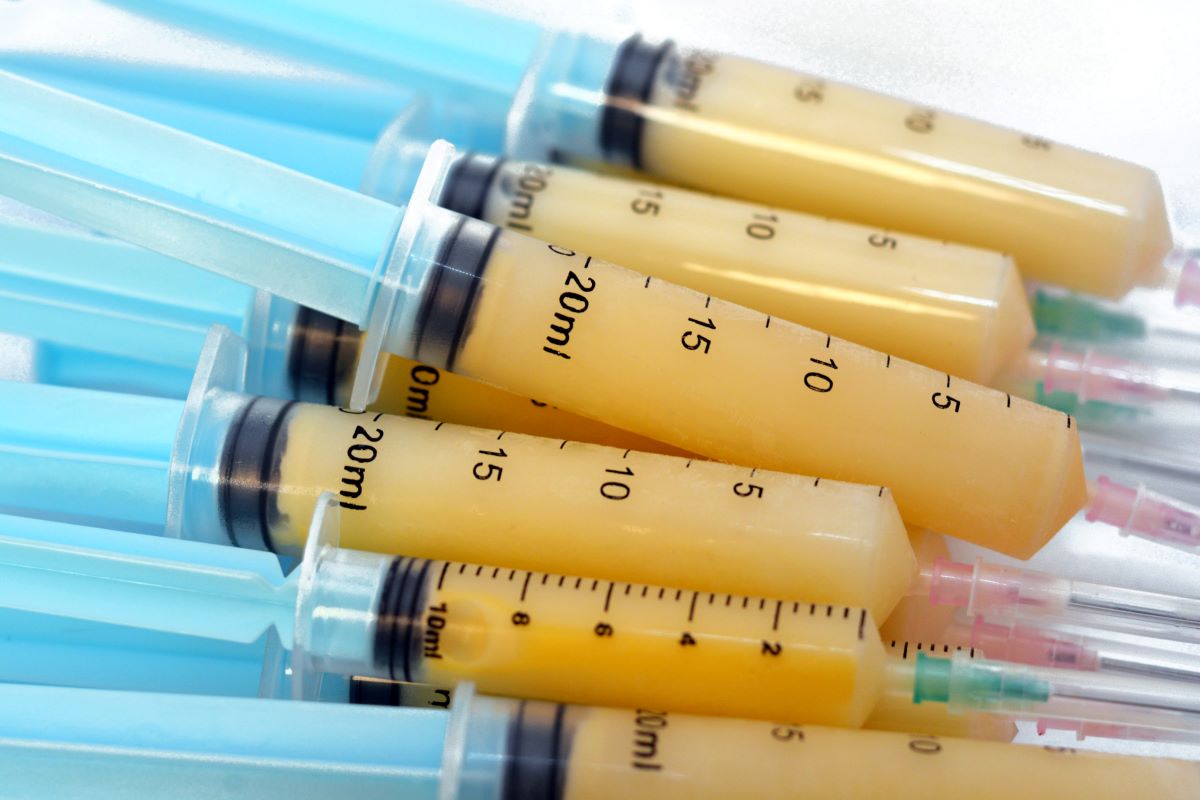
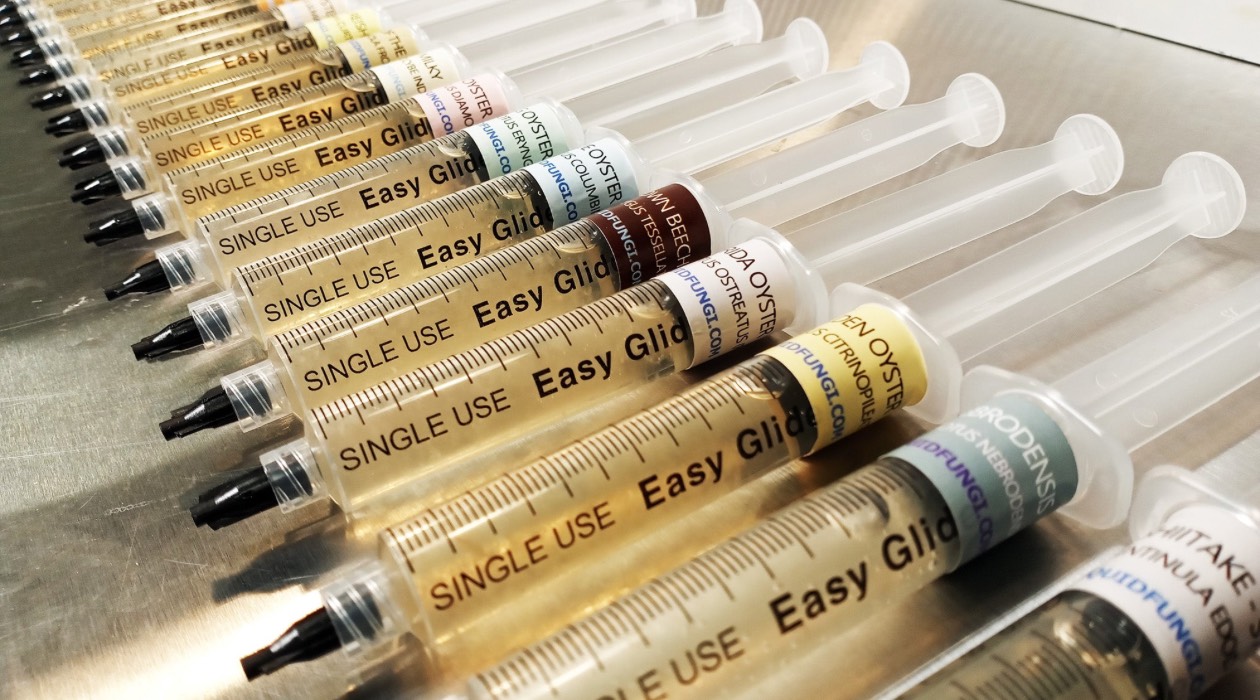
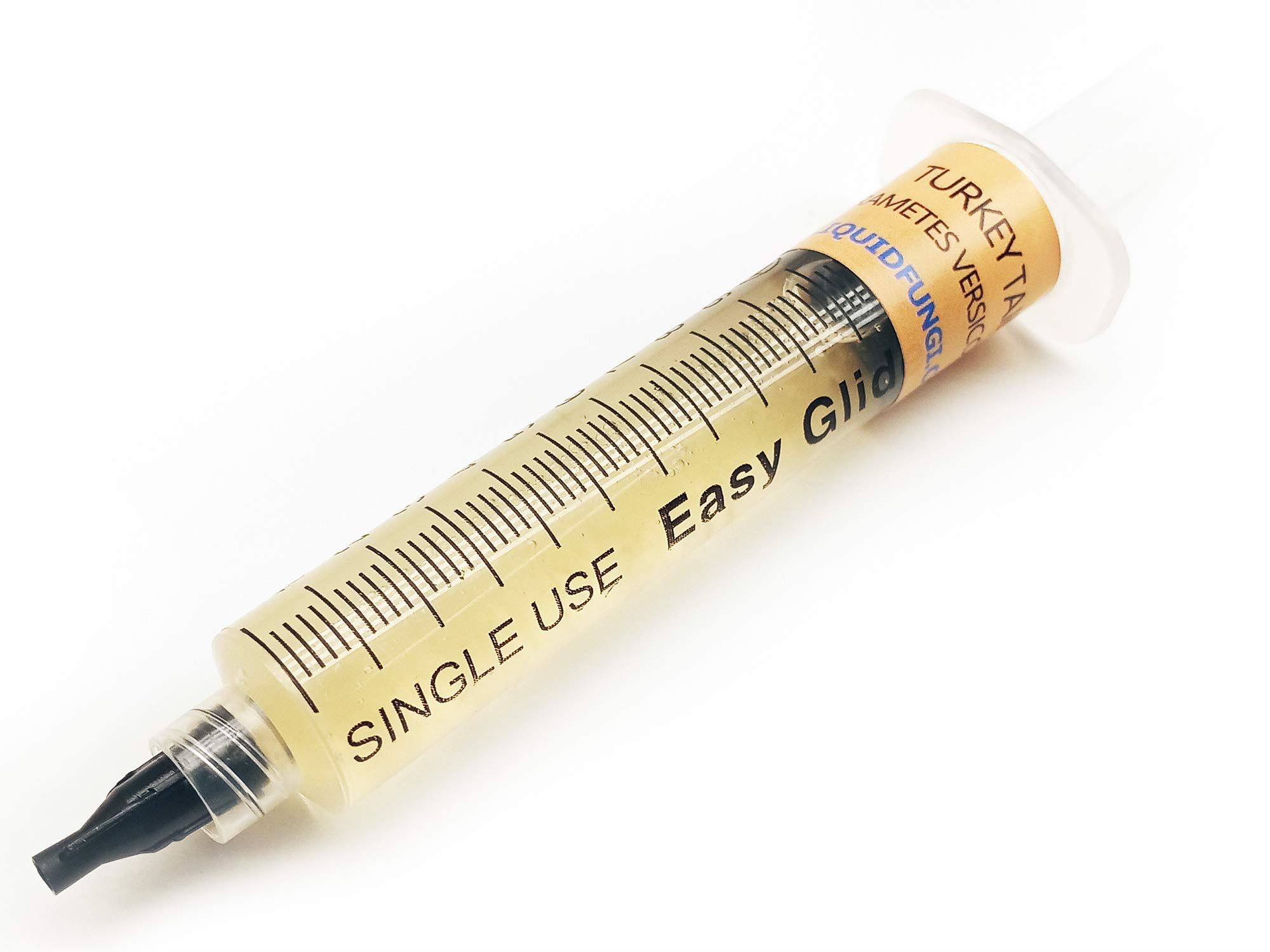

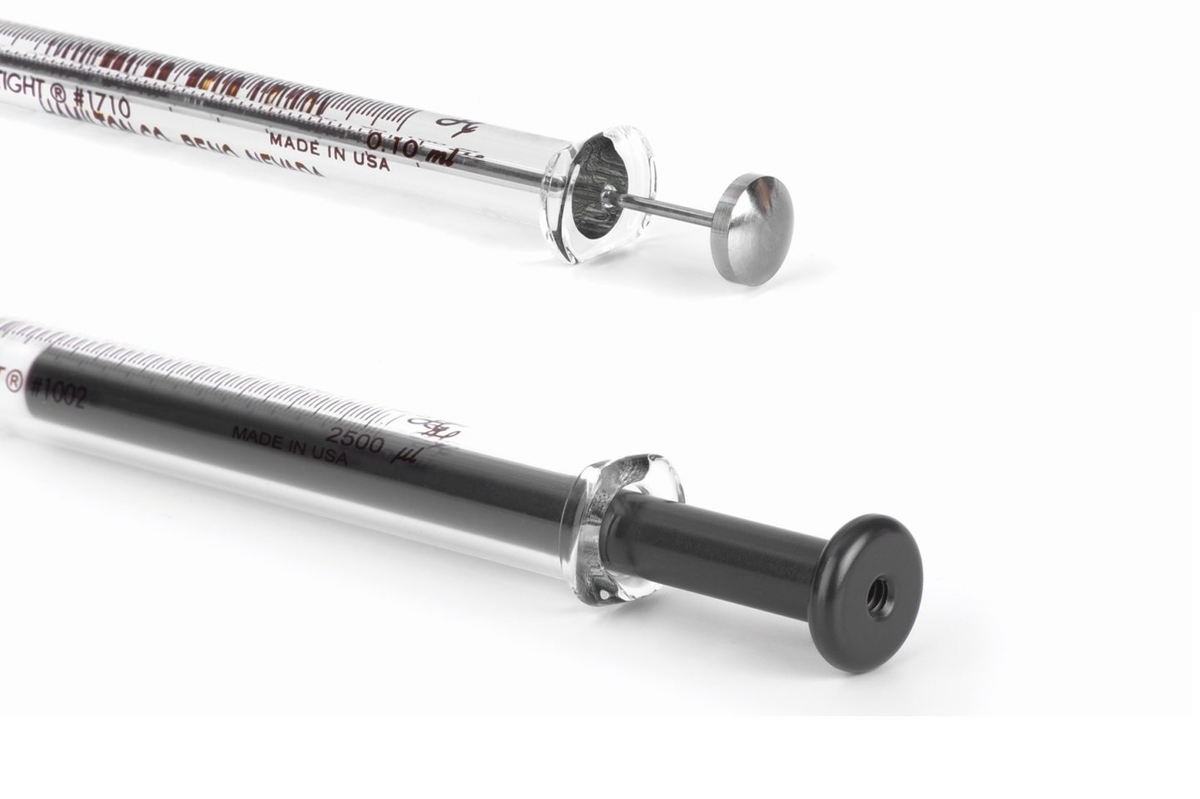
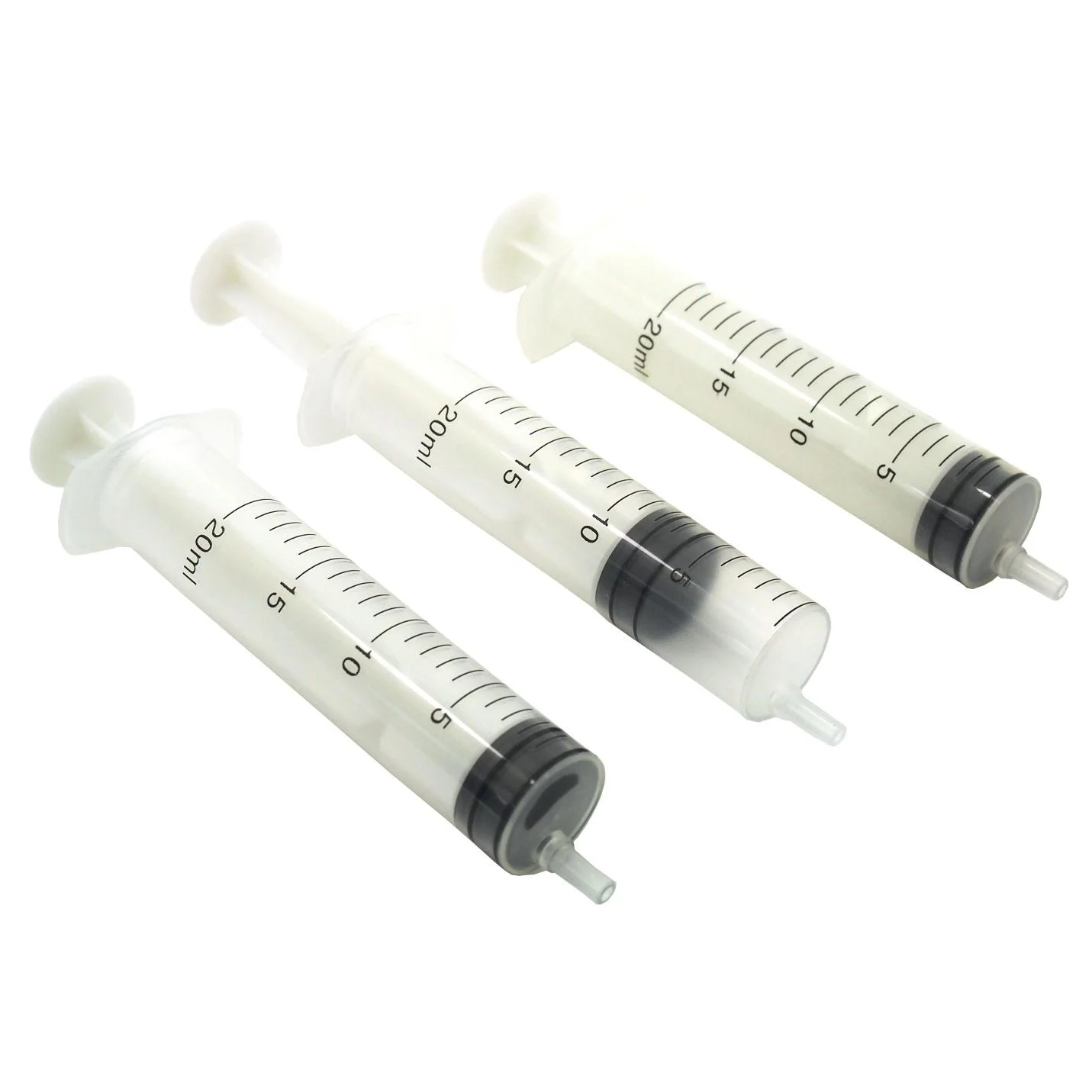
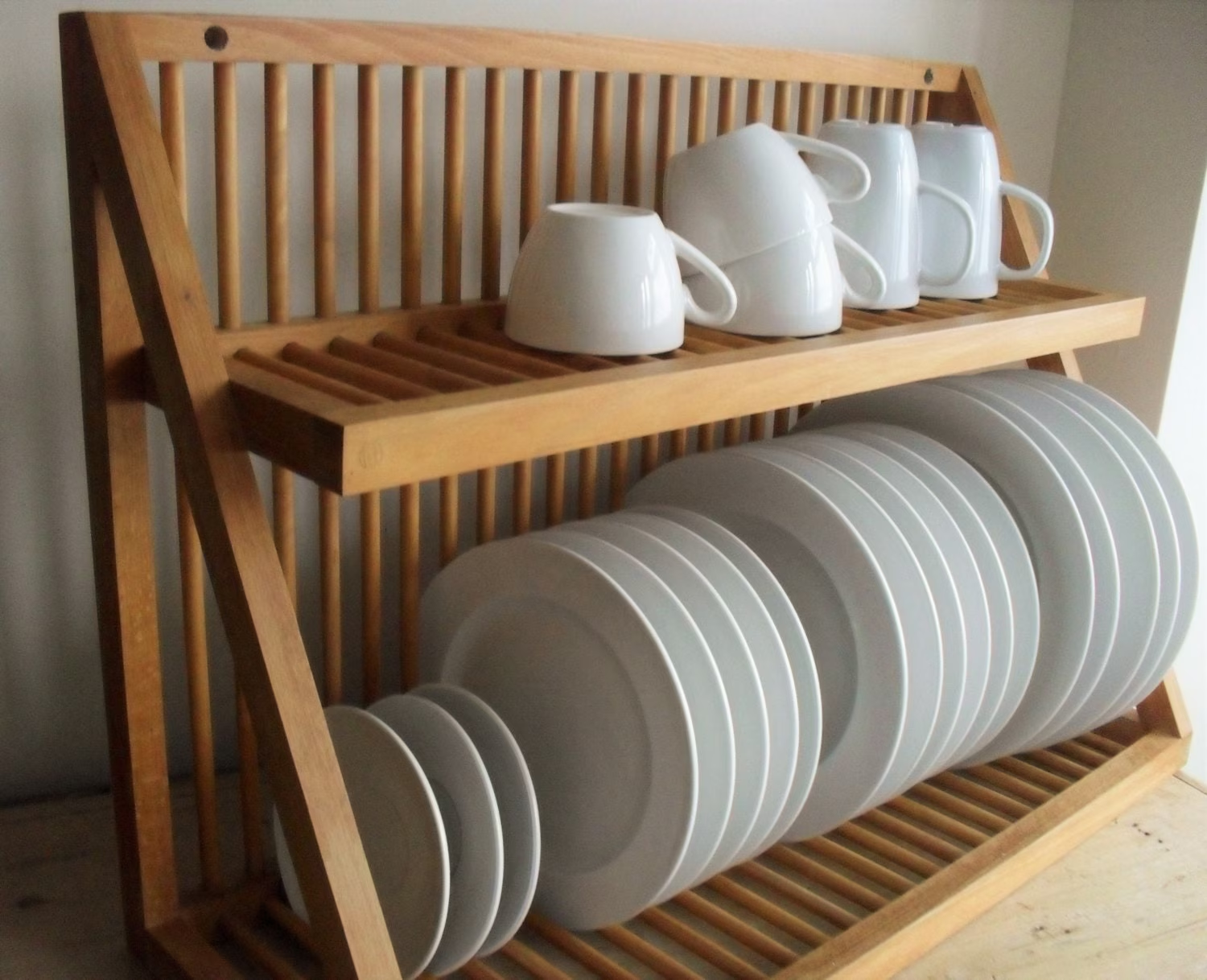
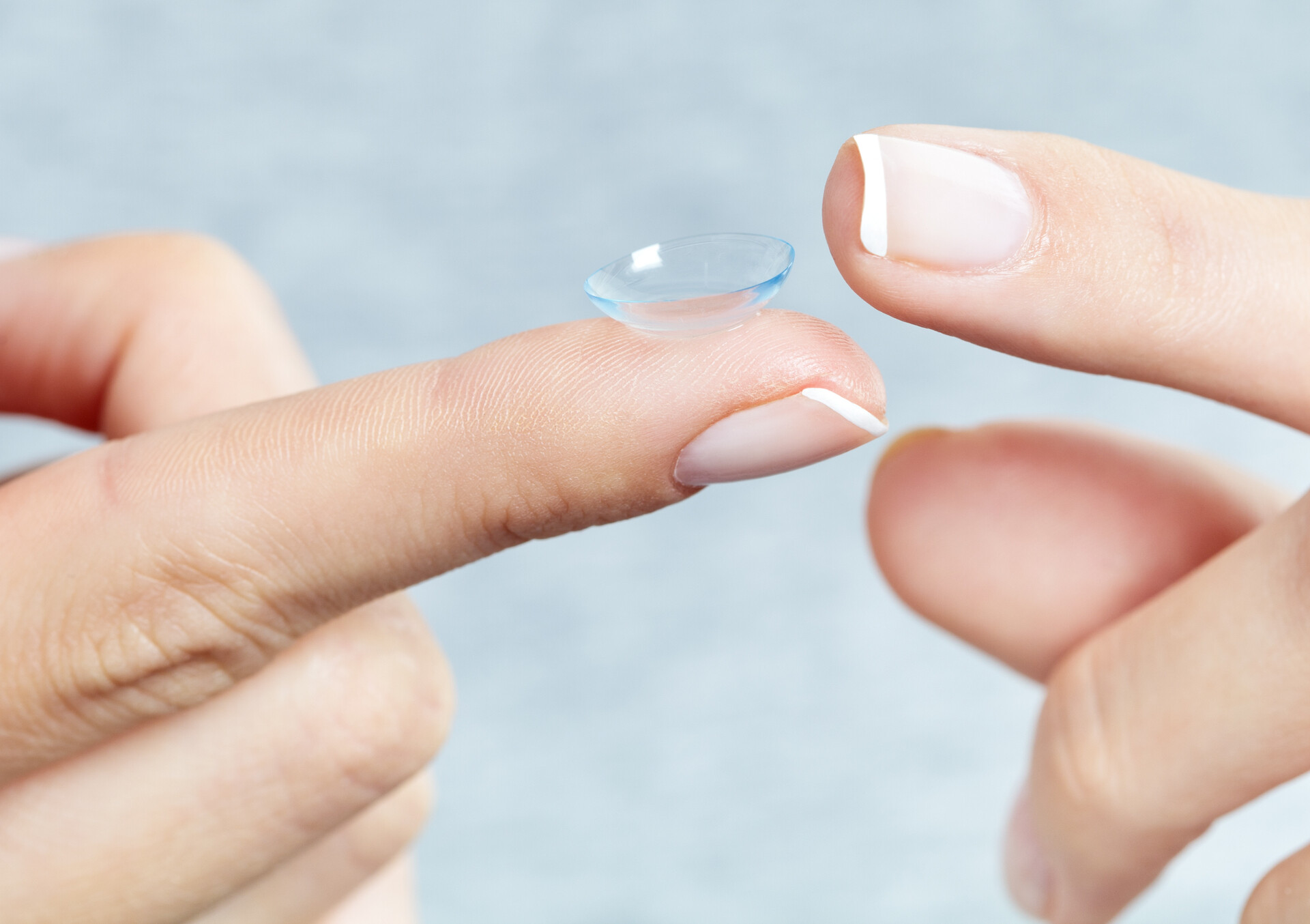
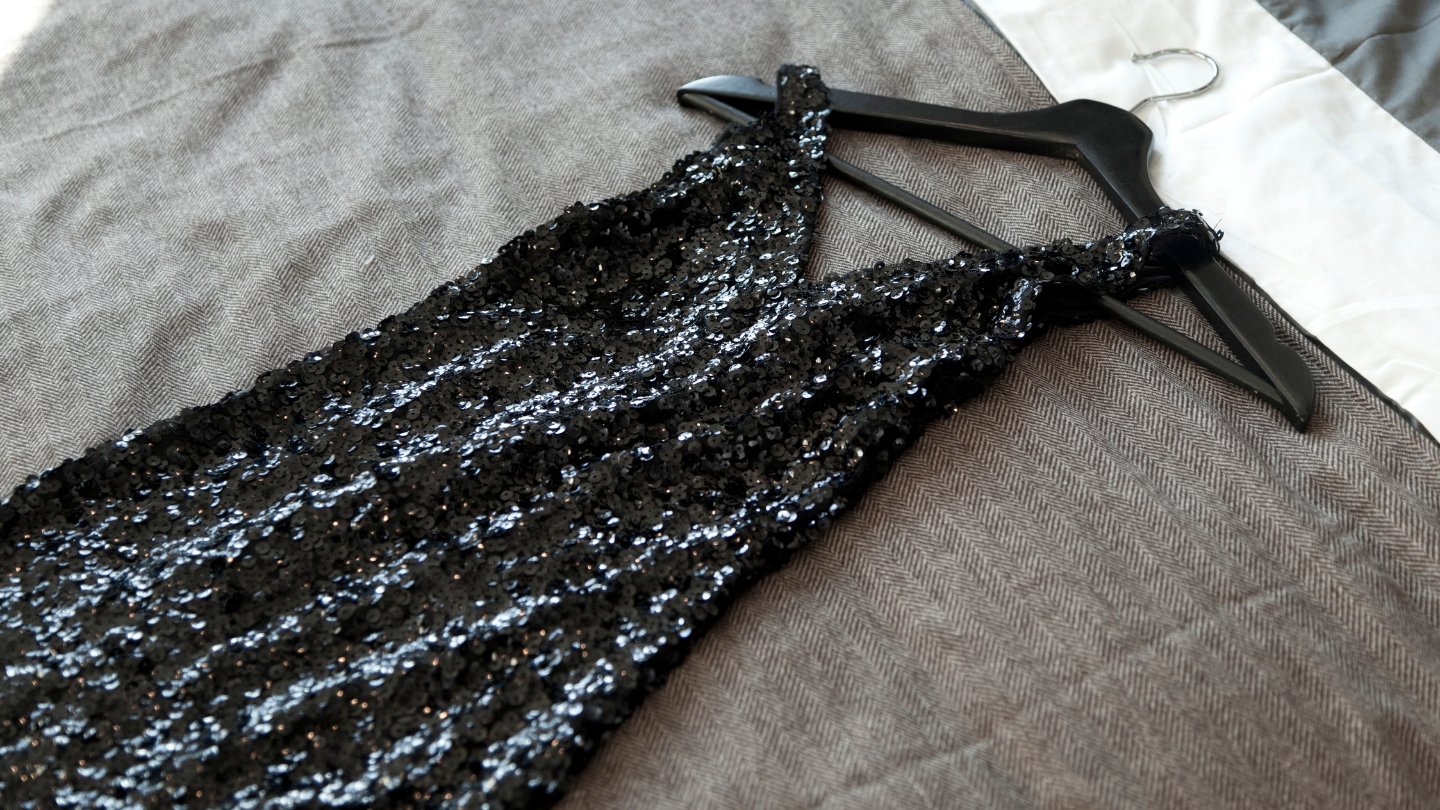

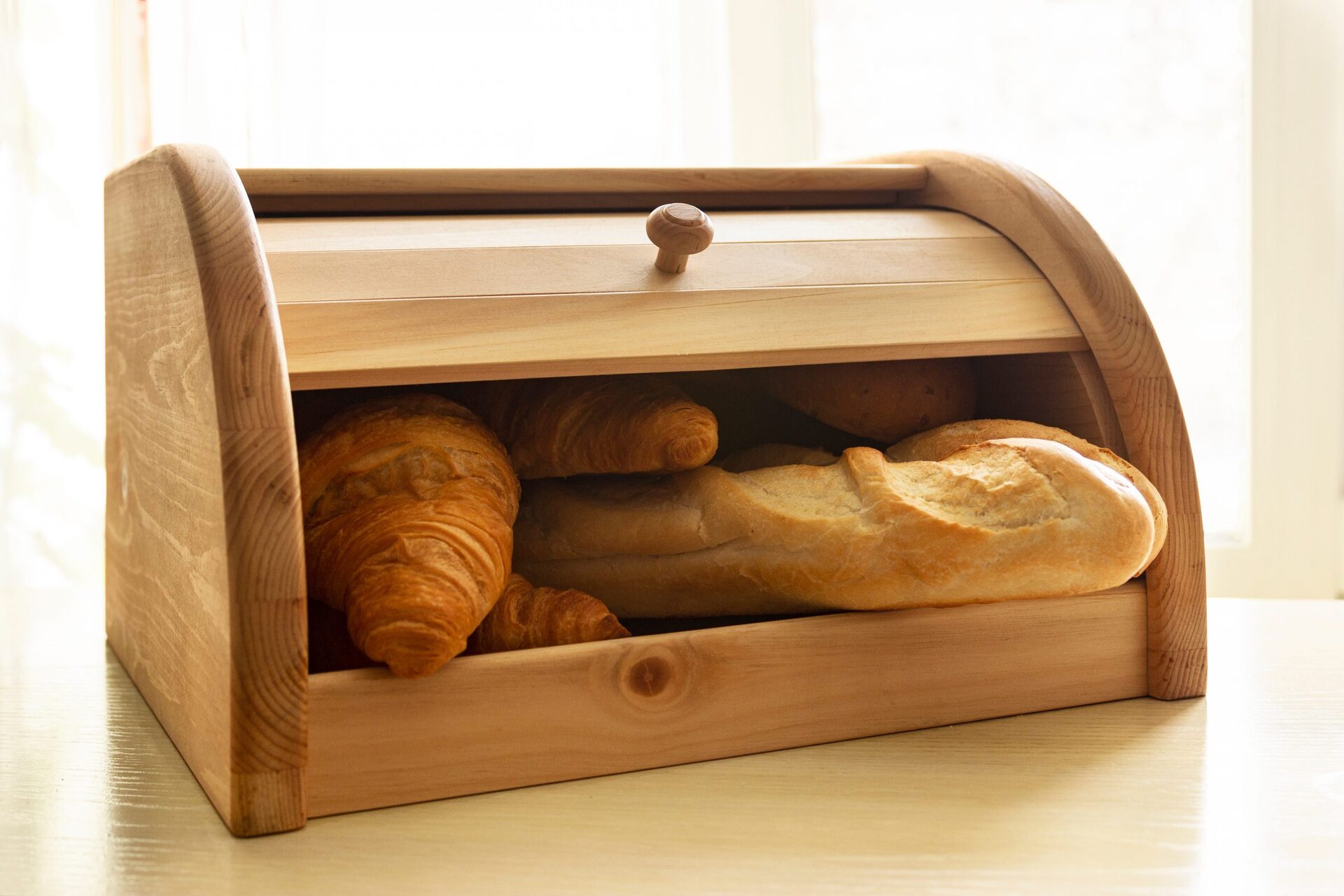

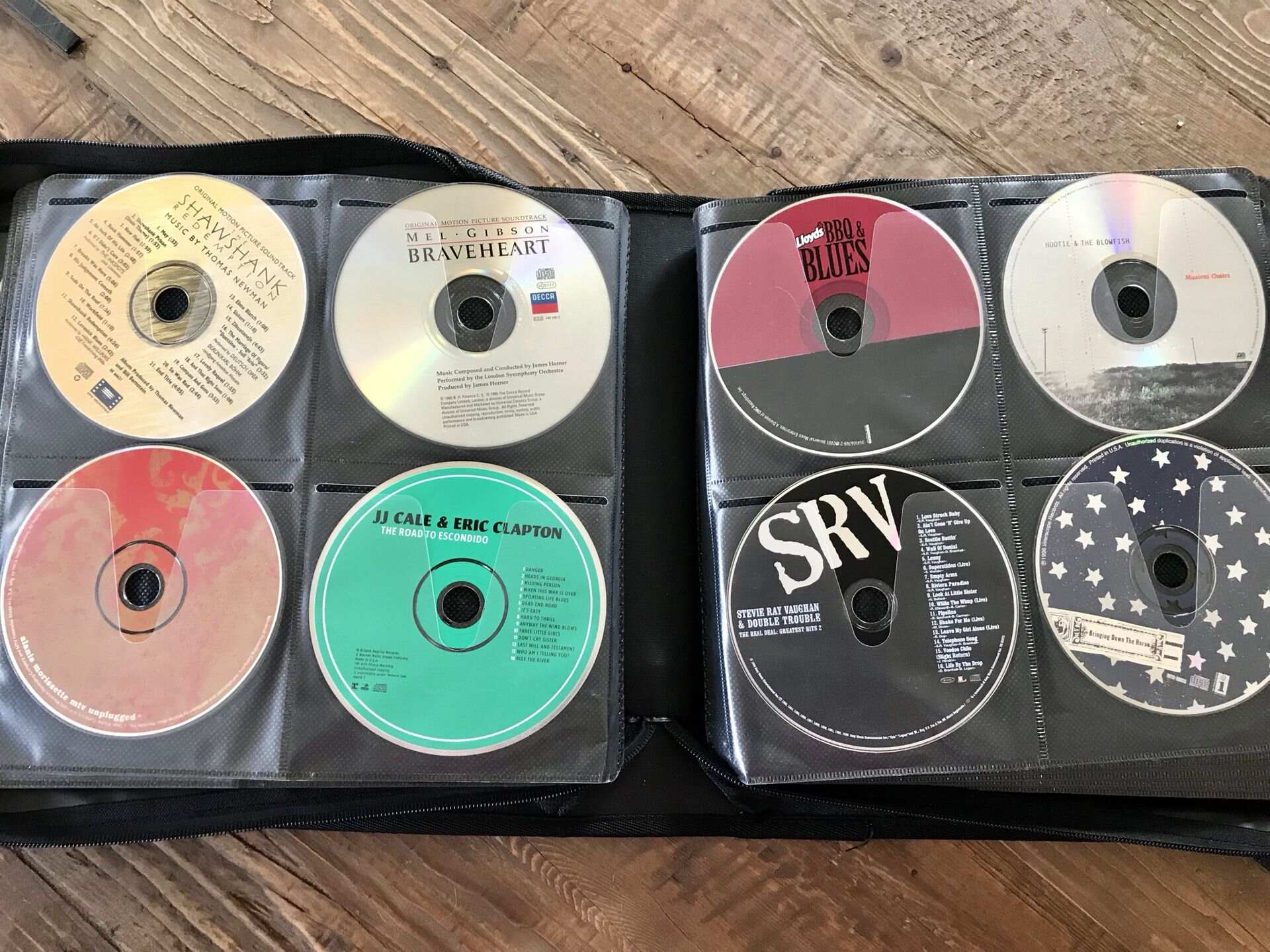


0 thoughts on “How To Store Colostrum Without Syringe”